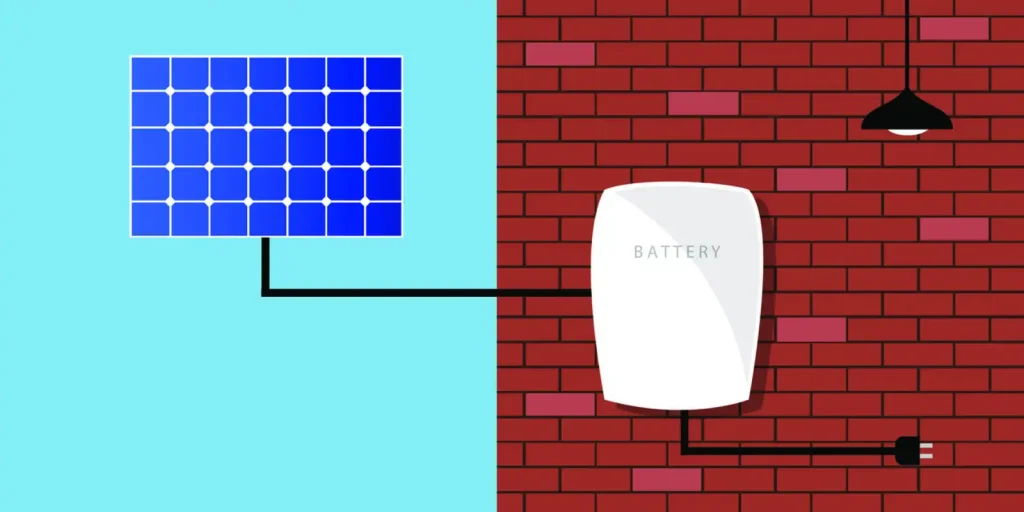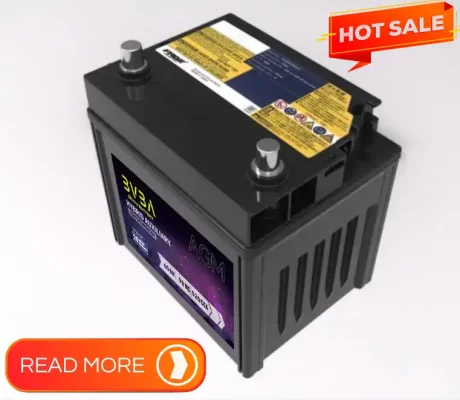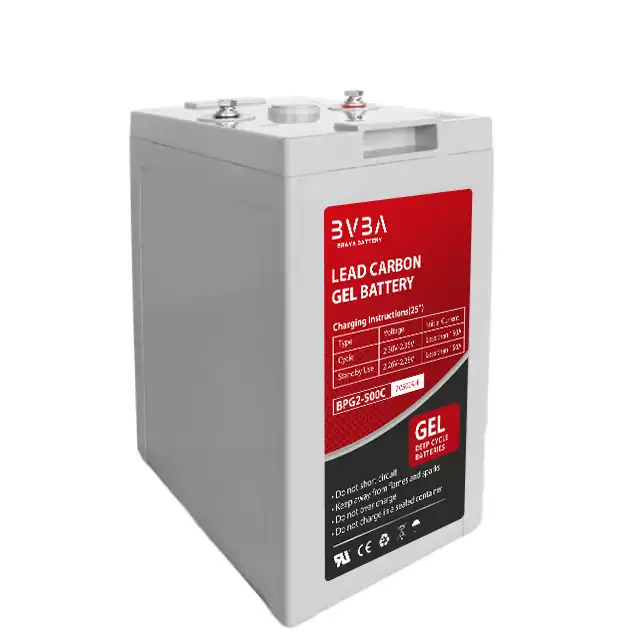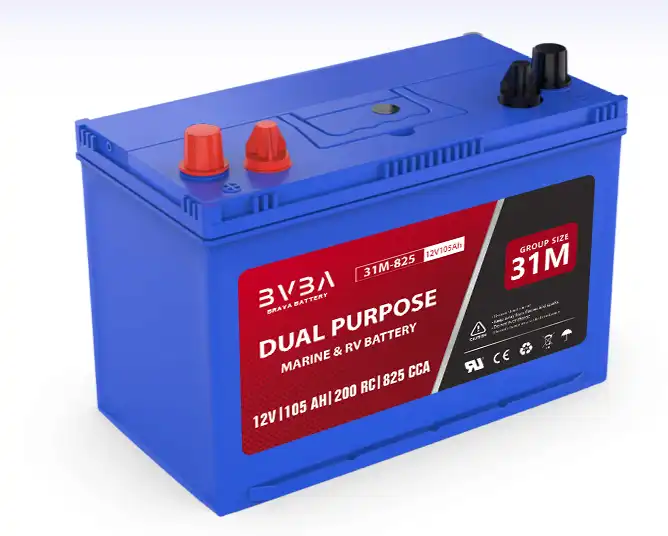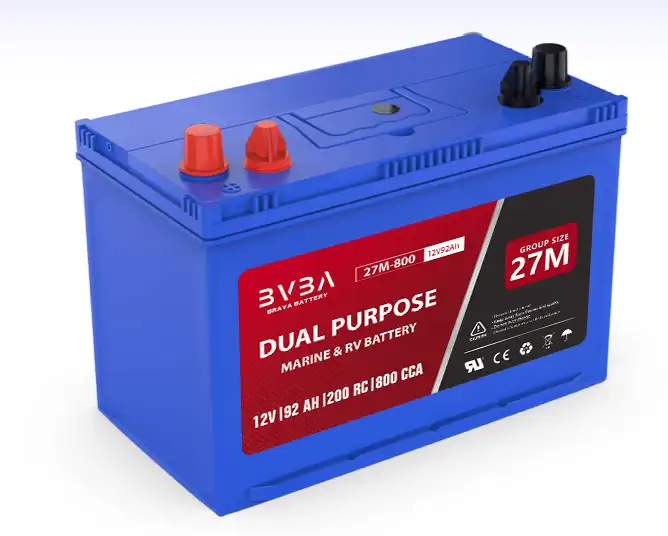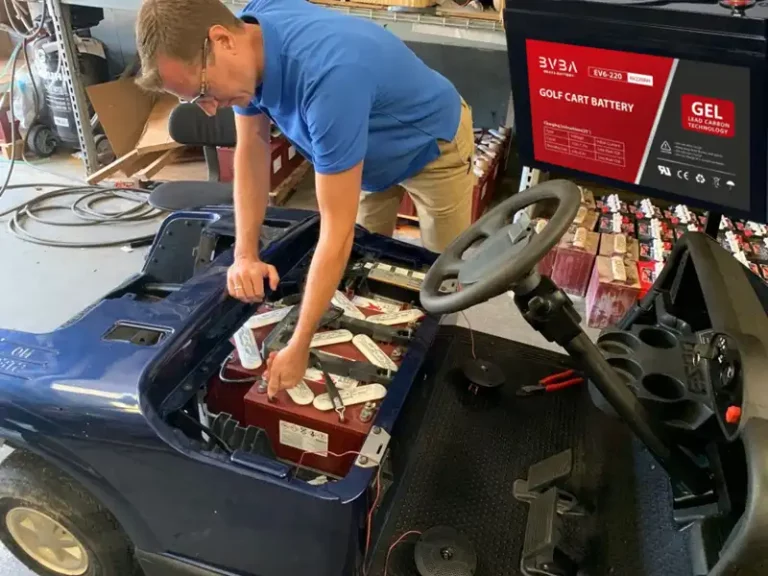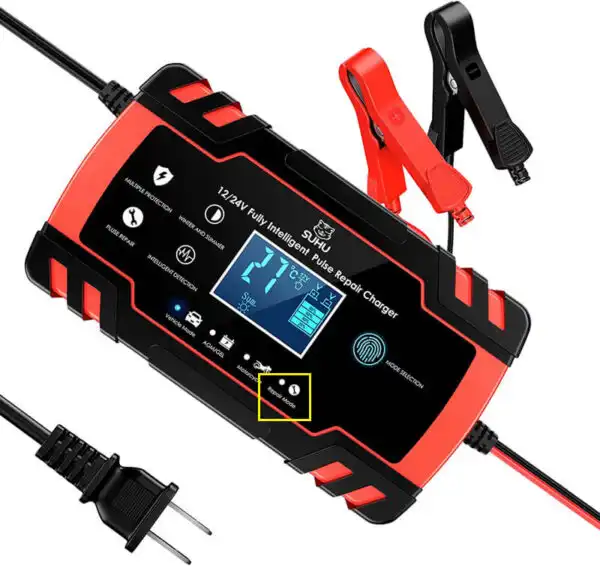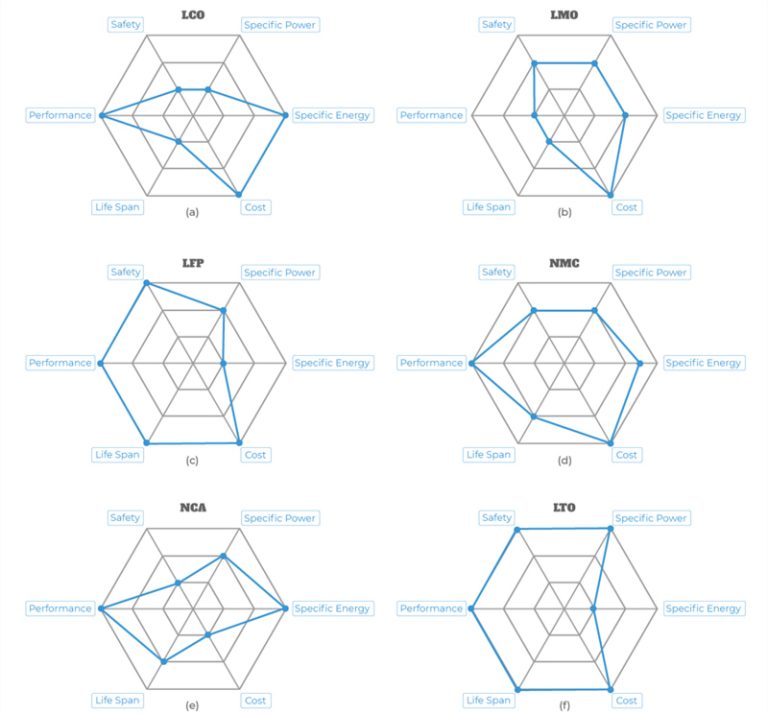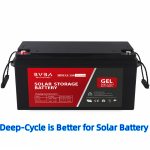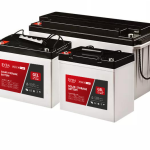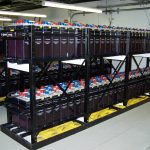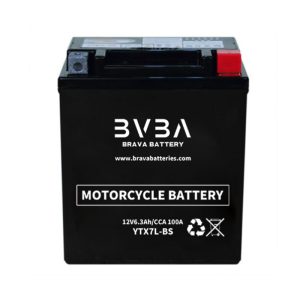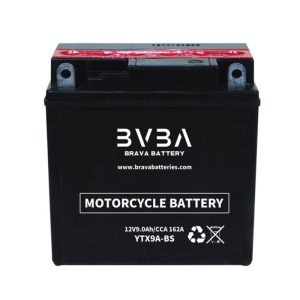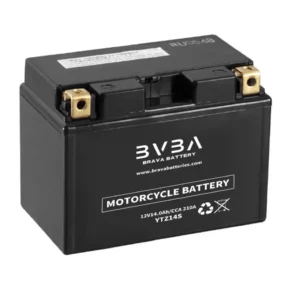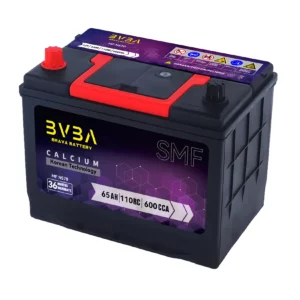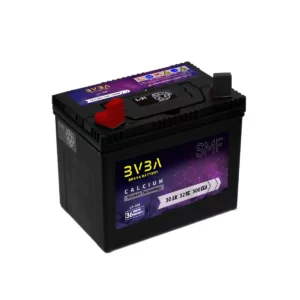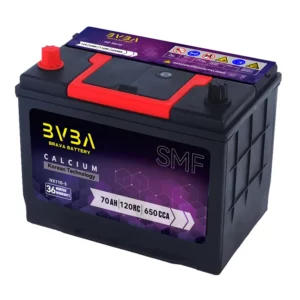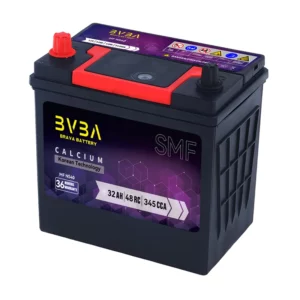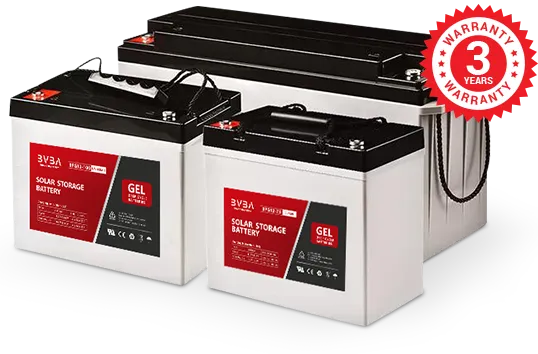Batteries capture and store unused energy generated by your solar panels for you to use when the sun isn’t shining. By harnessing natural energy from the sun, it’s a cleaner, greener solution to powering your home and achieving energy independence.
Benefits of a solar battery
Make the most of rooftop solar and see how smart you can get with your energy.
-
- Power your home at night Store solar energy to use when the sun’s not shining.
- Help lower your energy bills Use less from the grid, and see the benefits on your bills.
- Reduce your carbon footprint Lead the way to a more renewable future.
How much does a home solar battery cost?
Costs vary significantly for solar batteries, but generally, the higher the battery capacity, the more you can expect to pay.
Here are typical battery costs for some common nominal capacity sizes (these may just cover the battery – installation is often extra).
- 5kWh: from $7000
- 10kWh: from $11,000
- 15kWh: from $15,000
Cost per warranted kWh 1 cycle per day
If the solar battery is cycled once per day, this is how much each warranted kilowatt-hour of stored electricity will cost. Once an individual product’s price per kilowatt-hour drops below 10 cents, battery storage is likely to be a worthwhile investment for a large number of households. This graph scrolls left to right – try it to see the really expensive units…
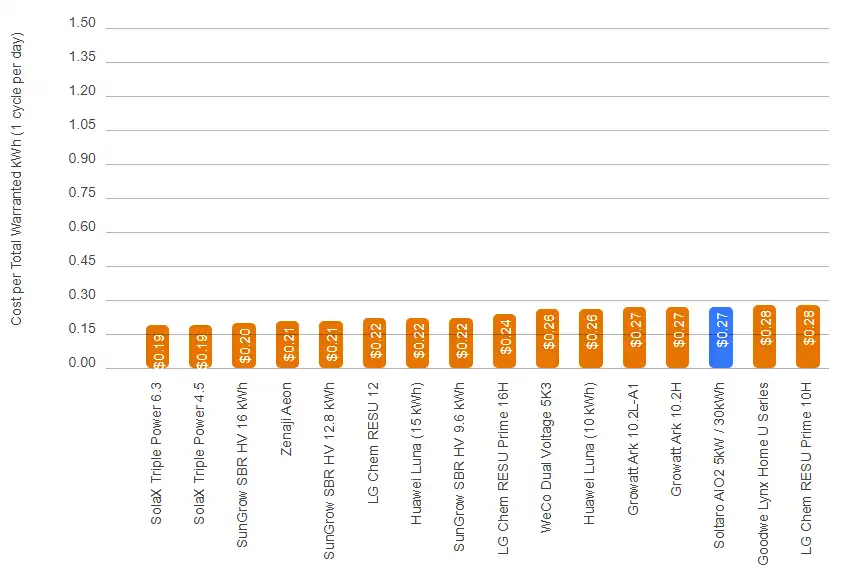
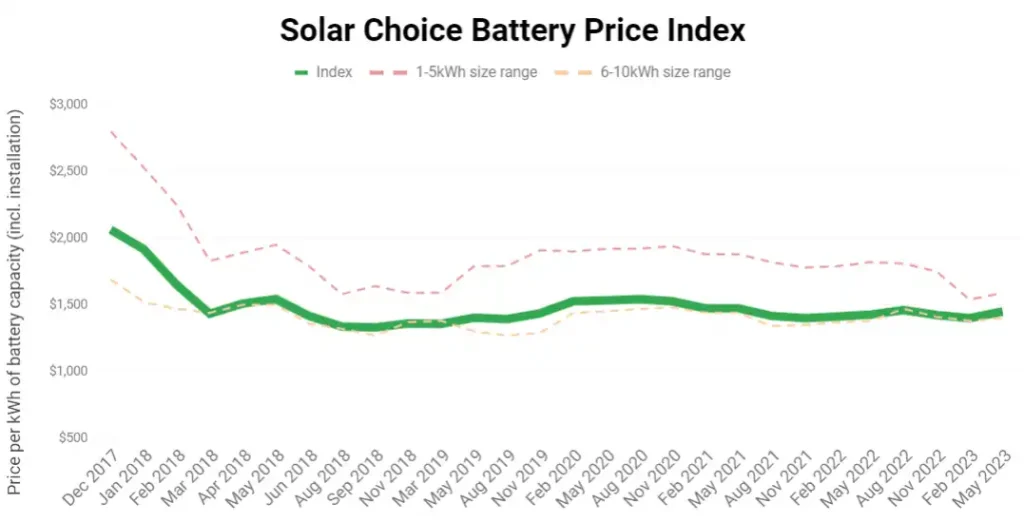
Solar Choice has previously been publishing average solar PV system prices on a monthly basis since August 2012 in our Solar Panel Price Index, which focused on household solar prices and which ultimately became the Solar Choice Price Index. In May of 2014, we added our Commercial Solar Price Index for larger system sizes, and in 2017 we launched this Home Battery Storage Price Index.
Average out-of-pocket battery installation prices – May 2023
The table below displays average, indicative battery installation prices from a range of installers around Australia, most of whom are active in the Solar Choice network. Prices include installation and GST.
Average Solar Battery System Costs (Fully Installed) – February 2023 |
||
| Battery Size | Battery Only Price* | Battery + Inverter/Charger** |
| 3kWh | $4,260 | $4,770 |
| 8kWh | $10,080 | $11,120 |
| 13kWh | $16,380 | $17,680 |
| 18kWh | $23,940 | $25,920 |
| *Includes the installation of the battery only. You must already have a hybrid/battery ready system
**Includes an additional inverter to manage the battery bank for a DC-coupled battery system |
||
Top tips when considering a battery
- When you’re comparing batteries, look for what’s known as total energy throughput. This appears as megawatts per hour and is the amount of energy your system can store and use over its life.
- Some manufacturers put a lot of emphasis on the ‘cycle life’ of a battery but it’s important to also consider the chemical composition, charging times and depth of discharge. Your aim should be to choose a high performing option.
- As your battery gets older, the amount of energy you can draw from it will gradually get lower. This means an older battery, even when it’s fully charged, just won’t be able to store and release the same amount of energy it used to.
- Check if your battery system comes with an app or online portal. This could help you use real-time data to track how much energy you store and use which can help you to monitor your battery’s performance over time.
Solar Batteries FAQ
Batteries are a great choice if you want to lower electricity bills, increase your energy independence and reduce your carbon footprint.
Are solar batteries worth it?
Australia is in the middle of an energy transformation, where the uptake of renewables is changing how energy distribution works. Now is a great time to get involved, with government rebates available to reduce upfront costs.
Depending on which battery you choose, you might also be able to join our community of battery owners who are buying and selling energy back to the network, and one another – and being rewarded for it – through our virtual power plant.
Do feed-in tariffs still apply if I have a battery?
Yes – feed-in tariffs still apply when you have a battery.
Our solar customers get a feed-in tariff for any excess solar power their system generates. If their system produces more than they need at that time, whatever remains is fed back into the electricity grid.
This earns our customers a tariff – and the tariff is credited to their electricity bill.
With a battery system such as the Sungrow SBR HV 9.6 or Tesla Powerwall, you’re able to store any extra energy your system generates. But in some situations – if on a particular day your usage was low or non-existent – and your home solar battery has charged to full capacity, then you may still have excess power to send back to the grid, and you’ll receive a feed-in tariff.
Find out more on our rates comparison page.
Are battery rebates available?
Financial incentives for batteries storage systems are currently provided by the Federal Government and some states across Australia. See your state’s rates by visiting the Australian Energy Foundation.
Looking for more deals? Origin offers and government rebates are regularly updated – so be sure to check out all the latest promotions and solar rebates available on our website. Find great deals in your state here.
Do solar batteries protect against blackouts?
This depends on the battery you choose. Some batteries require an optional backup box to be installed to protect from blackouts. This can be installed at an additional cost.
Batteries like the Tesla Powerwall come complete with an immediate outage detection feature. This means that the device will automatically switch your energy source to stored power and provide backup power to your home if the grid fails.
How do solar batteries work?
The concept of home battery storage isn’t new. Off-grid solar photovoltaic (PV) and wind electricity generation on remote properties has long used battery storage to capture the unused electricity for later use. Storage batteries are increasingly popular with new solar installations, and it’s possible that within the next five to 10 years, most homes with solar panels will have a battery system.
A battery captures any unused solar power generated during the day for later use at night and on low-sunlight days. Installations that include batteries are increasingly popular. There’s a real attraction to being as independent as possible from the grid – for most people it’s not just an economic decision, but also an environmental one, and for some it’s an expression of their wish to be independent of energy companies.
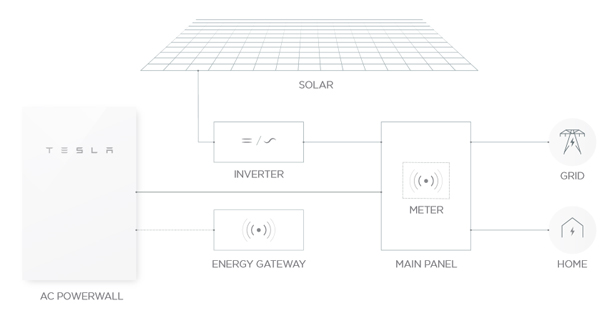
What is solar self-consumption?
“Solar self-consumption” is where your home uses the solar energy it produces. With a solar and battery system, you can bump up your solar self-consumption and reduce your reliance on the electricity grid.
Add the Sungrow SBR HV 9.6 or Tesla Powerwall to your existing system and your solar panels will feed any unused solar energy direct to the battery, where it will be stored.
HOW DOES SOLAR CHARGE THE BATTERY?
The solar battery is charged by the roof top solar system. The solar panels produce free solar electricity when the sun is shining. This powers the house during the day. In a standard solar panel system without a battery any electricity not used in the home is exported back to the grid. The exported power generates a small feed-in-tariff of around 5 cents per kWh. This is paid by your electricity provider.
When you have battery storage this excess solar power is used to charge the battery. The battery then discharges this power to run the home at night. This saves you buying electricity from the power company at 35cents per kWh.
WHAT CONTROLS THE SOLAR CHARGE TO THE BATTERY?
The solar panels produce free solar electricity. This goes to an electrical device called an in inverter. The inverter is the solar charge controller. It directs the electricity to where it needs to go. First, power is sent to the house. Then the battery is charged by any excess solar power not used by the house. The inverter directs all of this traffic.

